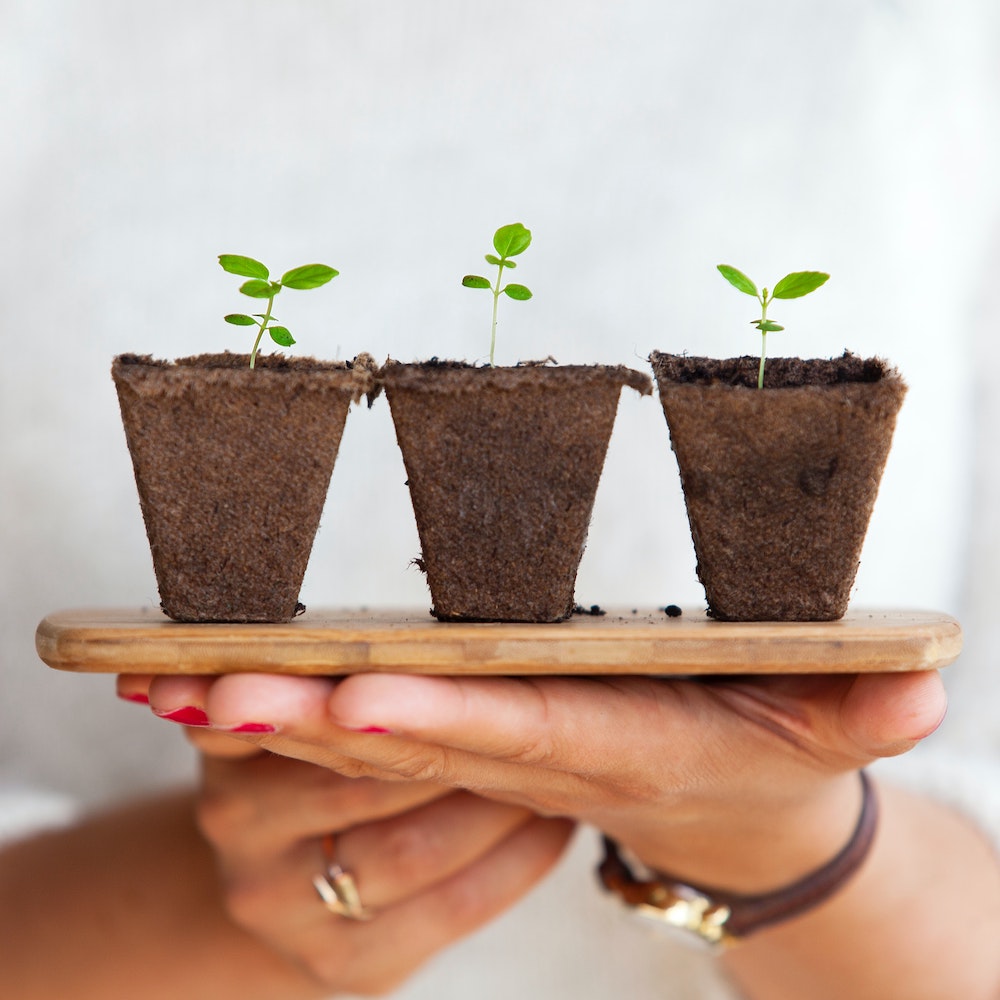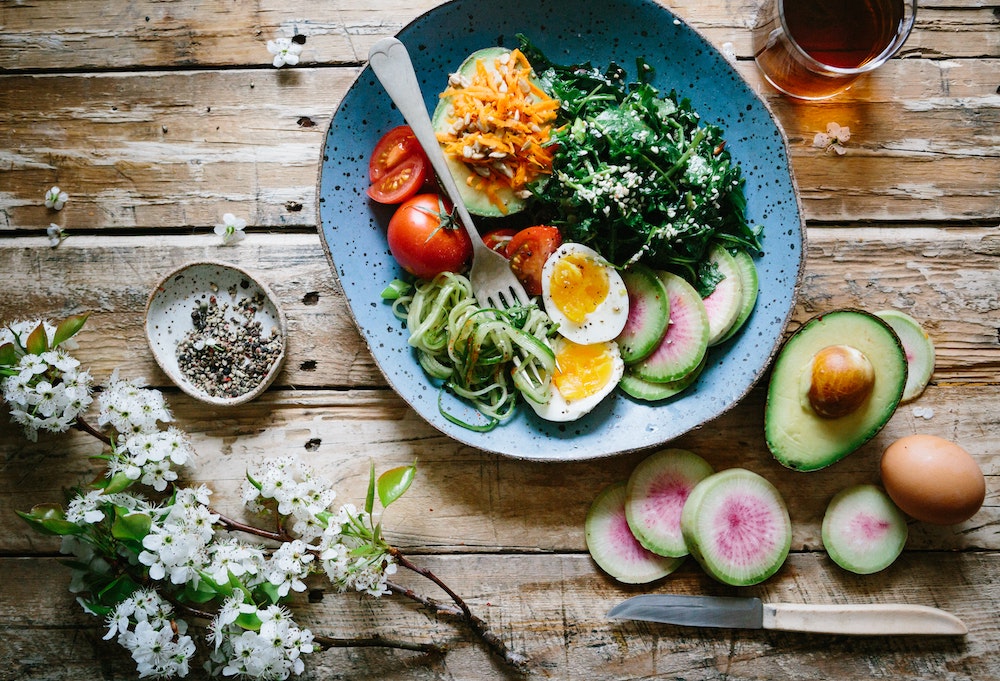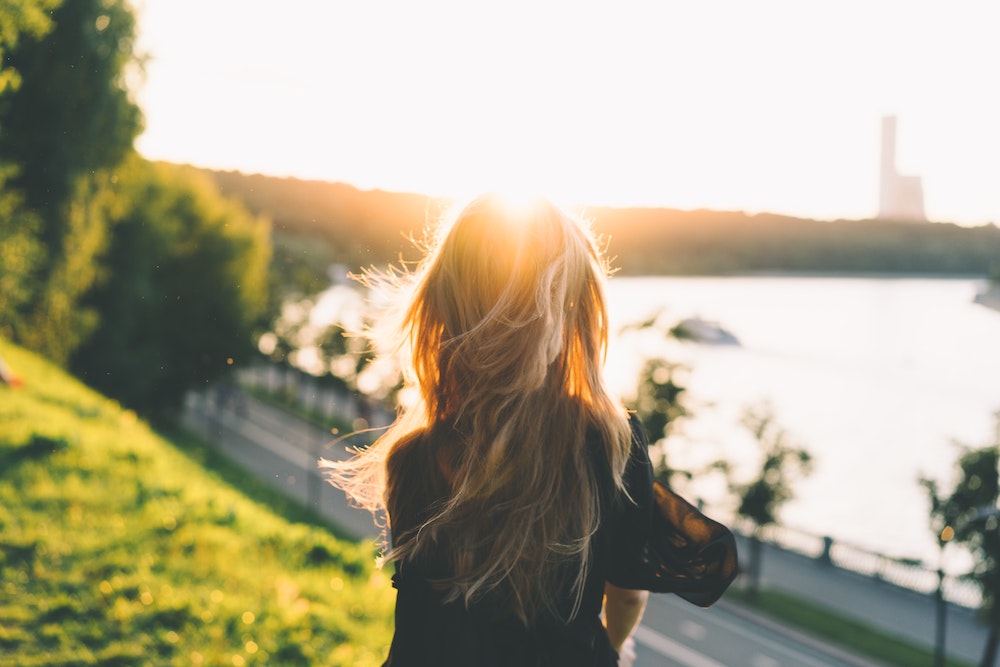Exposure to environmental oestrogens (also known as endocrine or hormonal disruptors) is a major and increasing cause of oestrogen excess. Plastic seems to be used everywhere and is a big source of environmental oestrogen exposure.
Most plastics release oestrogenic chemicals, particularly when they are heated and cooled. Softer plastics appear to be the worst. This makes everyday things like drinking from disposable plastic water bottles, using cling-wrap to cover food, using plastic in a microwave or eating hot Thai from a take-away container a big problem.
Invest in a glass water bottle and make an effort to keep glass jars for storage in addition to buying glass containers when they are on special to replace your current plastic food storage containers.
Without being aware, we can be exposed to hormone-disrupting toxins everywhere: toxic cleaning chemicals, hand wash, fragranced candles, pesticides found in conventional produce, perfumes, make up, nail polish and so many more. Studies have shown that the effect of these hormonal disruptors not only affects your health now but has now been shown to potentially pass on to the next two generations.
What you are exposed to today could affect the hormonal health of your future granddaughter!
Start minimizing your exposure to these products today by slowly switching over to natural alternatives.
Check out this brilliant website for EVERYTHING low-tox and hormone-friendly (from personal care products to cleaning products and water filters – this website has a range to suit all budgets)







